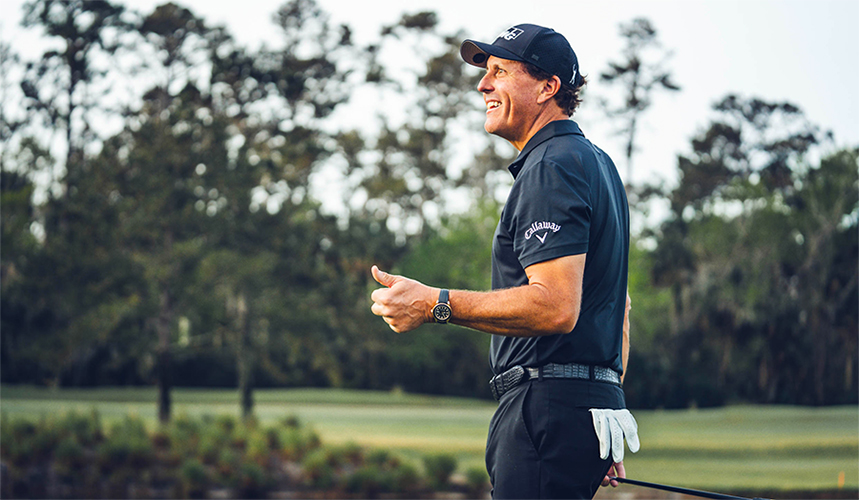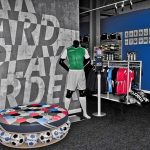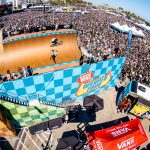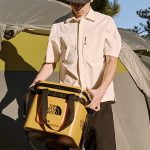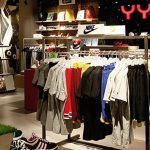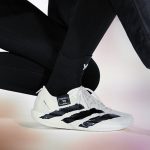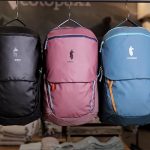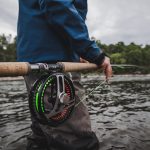By Thomas J. Ryan
<span style="color: #9e9e9e;">Callaway Golf’s third-quarter results exceeded expectations as a faster-than-expected bounce back drove golf equipment sales ahead 27 percent in the period. The soft goods segment also showed some recovery but was still down year-over-year.
Overall results were in line with a forecast provided on October 28 when Callaway announced plans to acquire Topgolf.
In the quarter ended September 30, net earnings jumped 67.7 percent to $52 million, or 54 cents a share. On a non-GAAP basis adjusted to exclude non-recurring items, earnings climbed 70.6 percent to $58 million, or 60 cents, in line with its updated guidance provided on October 28. Wall Street’s average target had been 28 cents prior to the update.
Sales improved 11.7 percent to $476 million. Prior to the October 28 update, Wall Street’s consensus estimate had been $446 million.
The increase was driven by a 27 percent increase in the golf equipment segment resulting from an unexpected escalated interest in golf and demand for golf products as well as the strength of the company’s product offerings across all skill levels. The soft goods segment also recovered faster than expected with sales decreasing only 3.4 percent versus the same period in 2019. In the second quarter, sales were down 28 percent in golf equipment and 44 percent in soft goods.
Gross margin eroded 270 basis points to 42.2 percent. Non-GAAP gross margin fell 220 basis points to 42.7 percent. The decrease is primarily attributable to a decline in gross margin in the soft goods segment due to the impact of COVID-19 on that business, including the decreased sales and planned inventory reduction initiatives. That was partially offset by favorable changes in foreign currency exchange rates, an increase in eCommerce sales and a slight increase in golf equipment gross margins.
Operating expenses declined 9.3 percent. Non-GAAP operating expenses were down 8.2 percent to $135 million, or 28.4 percent of sales, from $147 million, or 34.5 percent, a year ago. Adjusted EBITDAS in the quarter rose 52.6 percent to $87 million.

Sport Of Golf Seeing Heightened Interest
On a conference call with analysts, Chip Brewer, president and CEO, said global interest in the sport of golf and participation has surged in recent months. According to Golf Datatech, U.S. retail sales of golf equipment were up 42 percent during Q3, the highest Q3 on record, he noted. U.S. rounds were up 25 percent in September and are now showing full-year growth despite the shutdowns earlier this year.
“We also believe there will be a long-term benefit from the increased participation as we are welcoming both new entrants and returning golfers back to our sport,” said Brewer. “Golf retail, outside of resort locations, remains very strong at present, and barring a shutdown situation, has not been sensitive to the upticks in COVID cases.”
Inventory at golf retail is also at all-time lows with low inventory levels expected to continue into next year.
Brewer said Callaway’s global hard goods market shares remained strong during the quarter. U.S. market share is estimated to be roughly flat year-over-year, share in Japan is up slightly and Europe down slightly.
“On a global basis, I believe we remain the leading golf company in terms of market share and total revenues and the No. 2 ball company,” said Brewer. “In the U.S., third-party research showed our brand to once again be the No.1 club brand in overall brand rating as well as the leader in innovation and technology. Over the last several years, we have shown resilience with these important brand positions. We have also started to show our 2021 product range to key customers and are receiving strong feedback.”
Soft Goods Segment Led By TravisMathew And Callaway
The soft goods and apparel segment’s 3.4 percent decline was better than expected. Said Brewer, “Like our golf equipment business, this segment appears to be well-positioned for both the months and years ahead, both during the pandemic and after.”
Among its brands, both TravisMathew and Callaway branded businesses experienced significant year-over-year growth during the quarter. Jack Wolfskin was down 16 percent but saw improving trends that have continued into October. The segment also includes OGIO.
The gains were boosted by a 108 percent gain in e-commerce for the segment that benefited from investments made over the last several years. Said Brewer, “Long term, we continue to expect our apparel and soft goods segment to grow faster than our overall business, and with that growth to deliver operating leverage and enhance profitability.”
Cautious Optimism For Fourth Quarter
Looking ahead, Callaway continues to not provide guidance due to uncertainty surrounding the duration and impact of COVID-19. But officials said third-quarter trends have so far continued into the fourth quarter.
Said Brewer, “Looking forward, we are in a strong financial position and are pleased with the pace of our recovery and the business trends we’ve seen. With the resurgence in the virus, there clearly could be some volatility over the next few months. Portions of Q4 are likely to be at least partially impacted by the increase in restrictions being put into place globally. Fortunately for us, these are low impact months for a golf equipment business. And, we currently expect to continue to benefit from increased year-over-year demand.
“In our apparel and soft goods segment, the impact will be larger than our golf equipment business. But these businesses, too, are fortunate to be well-positioned in this environment and also benefit from strong e-com capabilities, which should offset some portion of any potential negative impacts in markets where in-store shopping might be constrained. We also benefit from global scale and diversity across all of our segments.
“As demonstrated by our Q3 results, we are fortunate in that our principal business segments are well-positioned for consumer needs and trends both during the pandemic and afterward. In addition, we are confident that we have both the brands, human capital and financial strength necessary to not only weather this storm but to also perform well during it and to emerge stronger than when we entered the crisis.”
Photos courtesy Calloway/TravisMathew

